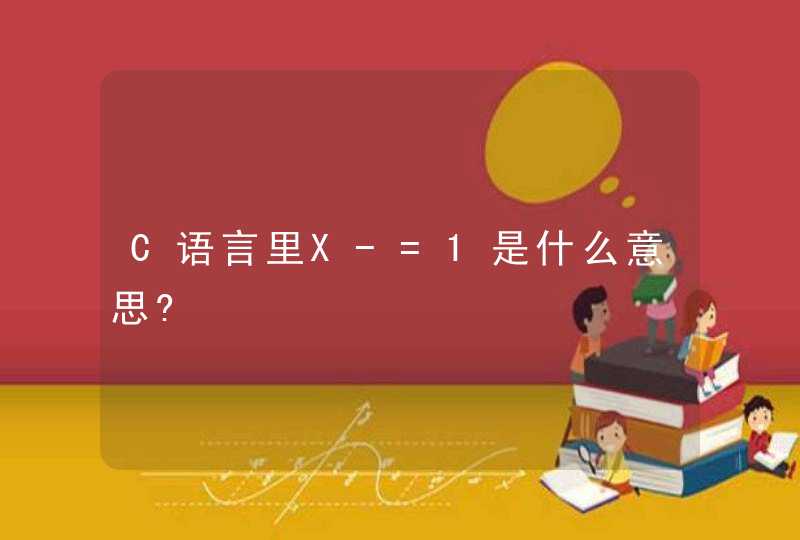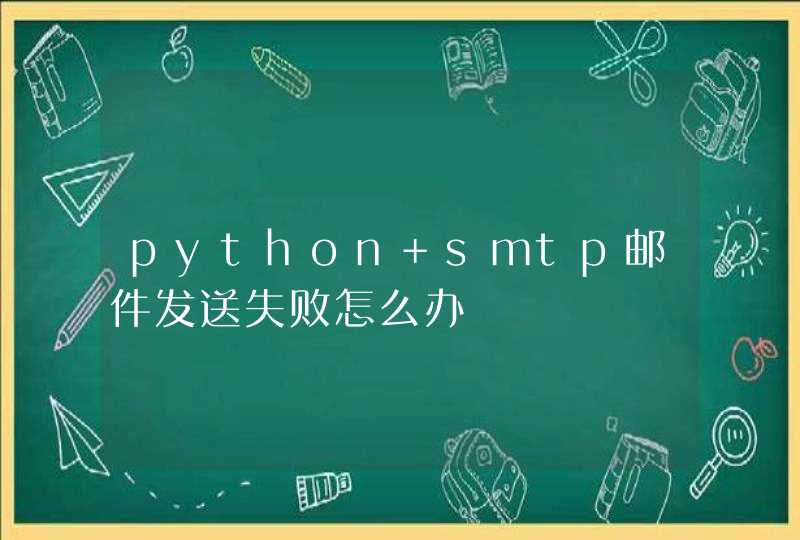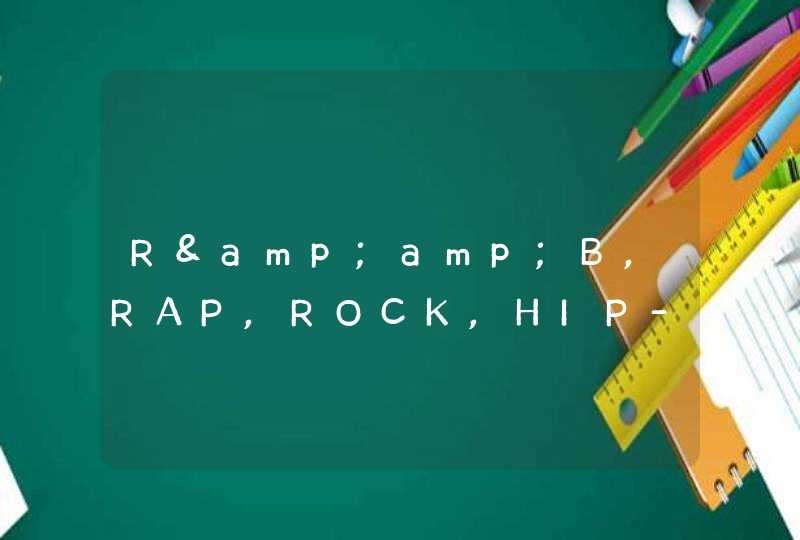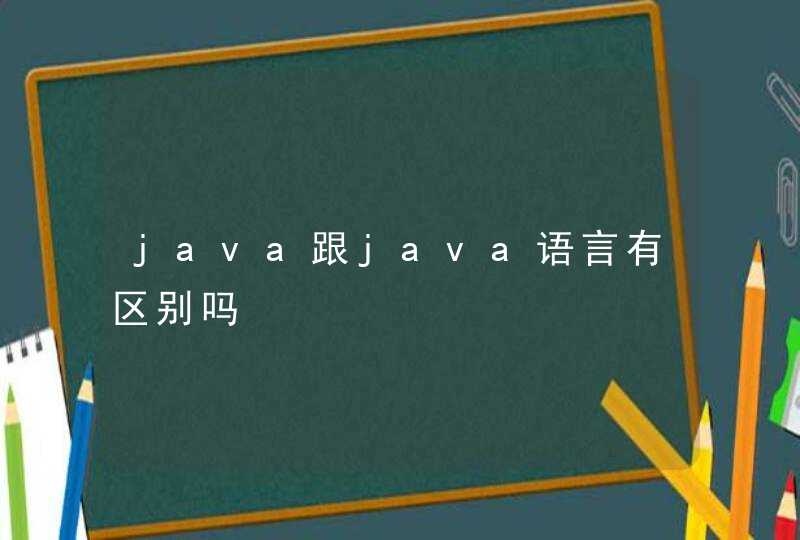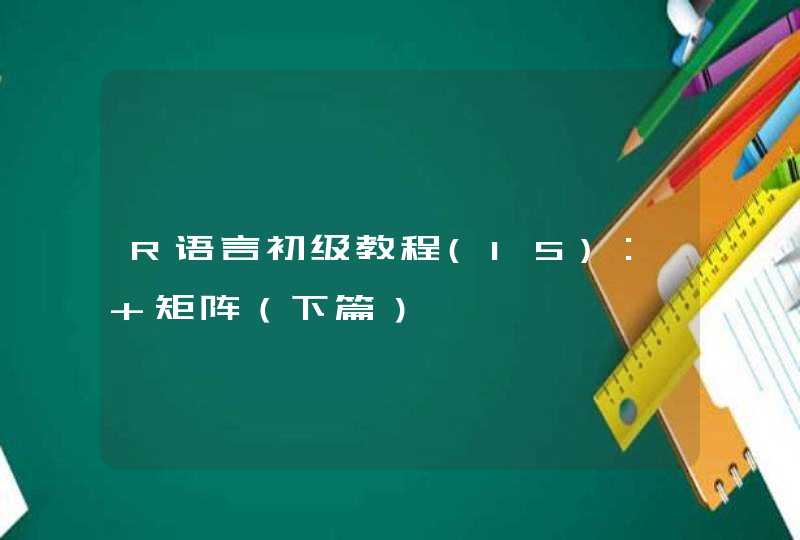
掌握基本语法和操作,推荐国内的已经翻译的比如《R语言实战》《R语言编程艺术》,这个过程中最好结合一些小例子来做一些分析的东西。其他还有《R语言实例》《R语言核心技术手册》也都是很好的书!如果需要可视化的话,强烈不推荐学习R本身的作图系统,实在是太不友好了.....还是用ggplot2吧。
掌握了上面的,就可以深入一些了,如果是做数据分析和可视化,推荐《ggplot2:数据分析与图形艺术》,这个才是作图的神器啊.....如果是空间分析相关的,推荐《Applied Spatial Data Analysis with R》,这个如果可以的话看英文版,而且要有地学的一些知识背景,中文版翻译的太次了,尽量不要看。数据挖掘机器学习之类的,可以看看比如《数据挖掘与R语言》、《机器学习——实用案例解析》,不过我觉得这几本书没上面的那几本好,但是可以大概看看是咋回事,最好还是看看专门的相关书籍,熟悉各种算法和流程,到时候搜索R的package,照着文档和例子搞定,不是特别难。
最后,强烈推荐统计之都、R-bloggers,统计之都以及谢益辉、肖凯、刘思喆等人的博客(自行Google以及到上面的网站找链接),订阅一下,会很有帮助,RStudio是个很棒的IDE,用起来很爽,功能很强大。
总之,你可以从《R语言实战》开始出发吧!
R语言基本数据分析本文基于R语言进行基本数据统计分析,包括基本作图,线性拟合,逻辑回归,bootstrap采样和Anova方差分析的实现及应用。
不多说,直接上代码,代码中有注释。
1. 基本作图(盒图,qq图)
#basic plot
boxplot(x)
qqplot(x,y)
2. 线性拟合
#linear regression
n = 10
x1 = rnorm(n)#variable 1
x2 = rnorm(n)#variable 2
y = rnorm(n)*3
mod = lm(y~x1+x2)
model.matrix(mod) #erect the matrix of mod
plot(mod) #plot residual and fitted of the solution, Q-Q plot and cook distance
summary(mod) #get the statistic information of the model
hatvalues(mod) #very important, for abnormal sample detection
3. 逻辑回归
#logistic regression
x <- c(0, 1, 2, 3, 4, 5)
y <- c(0, 9, 21, 47, 60, 63) # the number of successes
n <- 70 #the number of trails
z <- n - y #the number of failures
b <- cbind(y, z) # column bind
fitx <- glm(b~x,family = binomial) # a particular type of generalized linear model
print(fitx)
plot(x,y,xlim=c(0,5),ylim=c(0,65)) #plot the points (x,y)
beta0 <- fitx$coef[1]
beta1 <- fitx$coef[2]
fn <- function(x) n*exp(beta0+beta1*x)/(1+exp(beta0+beta1*x))
par(new=T)
curve(fn,0,5,ylim=c(0,60)) # plot the logistic regression curve
3. Bootstrap采样
# bootstrap
# Application: 随机采样,获取最大eigenvalue占所有eigenvalue和之比,并画图显示distribution
dat = matrix(rnorm(100*5),100,5)
no.samples = 200 #sample 200 times
# theta = matrix(rep(0,no.samples*5),no.samples,5)
theta =rep(0,no.samples*5)
for (i in 1:no.samples)
{
j = sample(1:100,100,replace = TRUE)#get 100 samples each time
datrnd = dat[j,]#select one row each time
lambda = princomp(datrnd)$sdev^2#get eigenvalues
# theta[i,] = lambda
theta[i] = lambda[1]/sum(lambda)#plot the ratio of the biggest eigenvalue
}
# hist(theta[1,]) #plot the histogram of the first(biggest) eigenvalue
hist(theta)#plot the percentage distribution of the biggest eigenvalue
sd(theta)#standard deviation of theta
#上面注释掉的语句,可以全部去掉注释并将其下一条语句注释掉,完成画最大eigenvalue分布的功能
4. ANOVA方差分析
#Application:判断一个自变量是否有影响 (假设我们喂3种维他命给3头猪,想看喂维他命有没有用)
#
y = rnorm(9)#weight gain by pig(Yij, i is the treatment, j is the pig_id), 一般由用户自行输入
#y = matrix(c(1,10,1,2,10,2,1,9,1),9,1)
Treatment <- factor(c(1,2,3,1,2,3,1,2,3)) #each {1,2,3} is a group
mod = lm(y~Treatment) #linear regression
print(anova(mod))
#解释:Df(degree of freedom)
#Sum Sq: deviance (within groups, and residuals) 总偏差和
# Mean Sq: variance (within groups, and residuals) 平均方差和
# compare the contribution given by Treatment and Residual
#F value: Mean Sq(Treatment)/Mean Sq(Residuals)
#Pr(>F): p-value. 根据p-value决定是否接受Hypothesis H0:多个样本总体均数相等(检验水准为0.05)
qqnorm(mod$residual) #plot the residual approximated by mod
#如果qqnorm of residual像一条直线,说明residual符合正态分布,也就是说Treatment带来的contribution很小,也就是说Treatment无法带来收益(多喂维他命少喂维他命没区别)
如下面两图分别是
(左)用 y = matrix(c(1,10,1,2,10,2,1,9,1),9,1)和
(右)y = rnorm(9)
的结果。可见如果给定猪吃维他命2后体重特别突出的数据结果后,qq图种residual不在是一条直线,换句话说residual不再符合正态分布,i.e., 维他命对猪的体重有影响。
厨师用英语是:cook
厨具用英语是:cooker
扩展资料:
Cook:
1.vt.&vi.烹调编造篡改密谋
2.vt.烹调煮
3.vi.烹调做菜
4.n.厨师厨子
第三人称单数:cooks
过去分词:cooked
现在进行时:cooking
过去式:cooked
Cooker:
1.n.炊具锅炉灶造谣者
复数:cookers






















